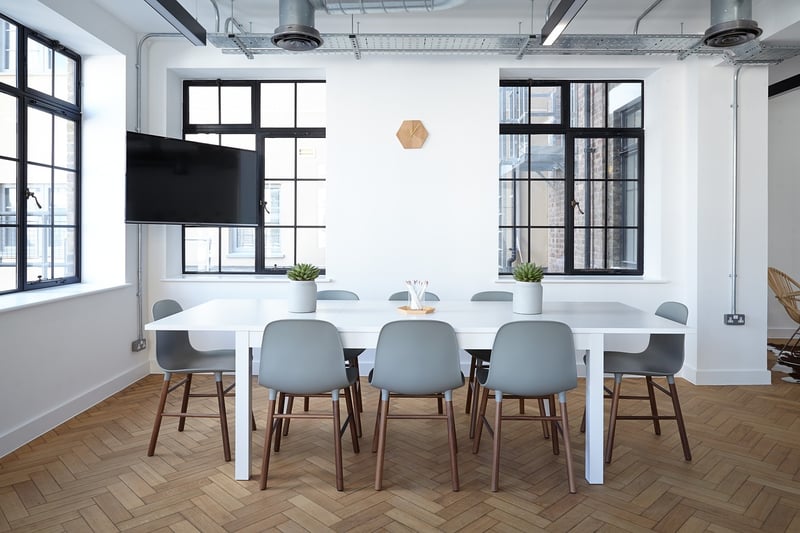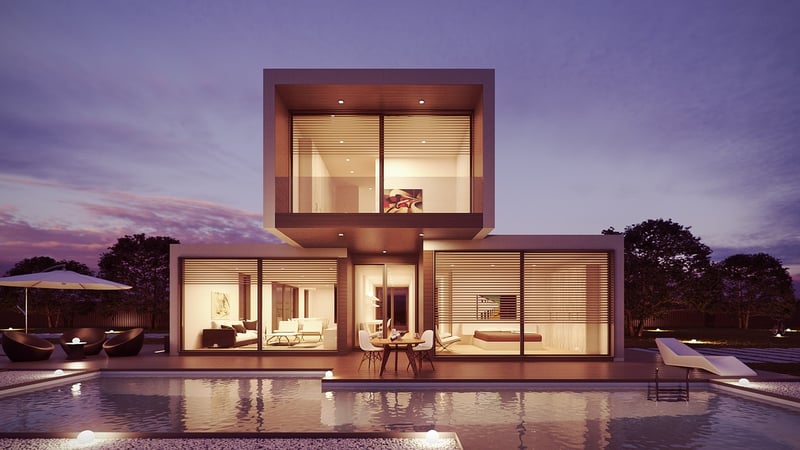Minimalist Design
The Art of Minimalist Design: Essential Elements and Practices
In today's fast-paced world, where clutter and distractions abound, minimalist design offers a breath of fresh air. Embracing simplicity, functionality, and clean aesthetics, minimalist design focuses on stripping away the non-essential to create spaces that are harmonious and serene. Whether you're revamping your home, office, or website, understanding the essential elements and practices of minimalist design can help you achieve a sense of calm and clarity in your surroundings.
Key Elements of Minimalist Design
- Neutral Color Palette: Minimalist design typically relies on a neutral color scheme, such as white, beige, gray, or black, to create a sense of spaciousness and tranquility.
- Clean Lines and Shapes: Straight lines, geometric shapes, and simple forms are hallmarks of minimalist design, contributing to a sense of order and simplicity.
- Functional Furniture: Furniture pieces that serve a purpose and eliminate unnecessary ornamentation are essential in minimalist design. Quality over quantity is key.
- Empty Space: Negative space, also known as white space, plays a crucial role in minimalist design by allowing elements to breathe and creating a sense of balance.
- Minimal Decor: Selective and purposeful decoration, such as a single piece of art or a carefully chosen plant, can enhance the minimalist aesthetic without overwhelming the space.
Practices for Achieving Minimalist Design
- Declutter: Start by decluttering your space and removing items that are not essential. Keep only what truly adds value or joy to your environment.
- Focus on Functionality: Prioritize function over form when selecting furniture and decor. Choose items that serve a purpose and contribute to the overall usability of the space.
- Quality Over Quantity: Invest in high-quality pieces that will stand the test of time, rather than filling your space with disposable items. Minimalist design values craftsmanship and durability.
- Embrace Simplicity: Avoid excess ornamentation and unnecessary embellishments. Opt for simplicity in design, allowing each element to shine on its own.
- Mindful Arrangement: Thoughtfully arrange furniture and decor to create a sense of balance and harmony. Pay attention to the flow of the space and avoid overcrowding.
By incorporating these key elements and practices, you can create a minimalist environment that promotes clarity, focus, and tranquility. Whether you're drawn to the clean lines of modern architecture or the sleek simplicity of Scandinavian interiors, minimalist design offers a timeless aesthetic that can transform any space into a peaceful retreat.

Embrace the beauty of less and embark on a journey towards a more mindful and intentional way of living with minimalist design.
